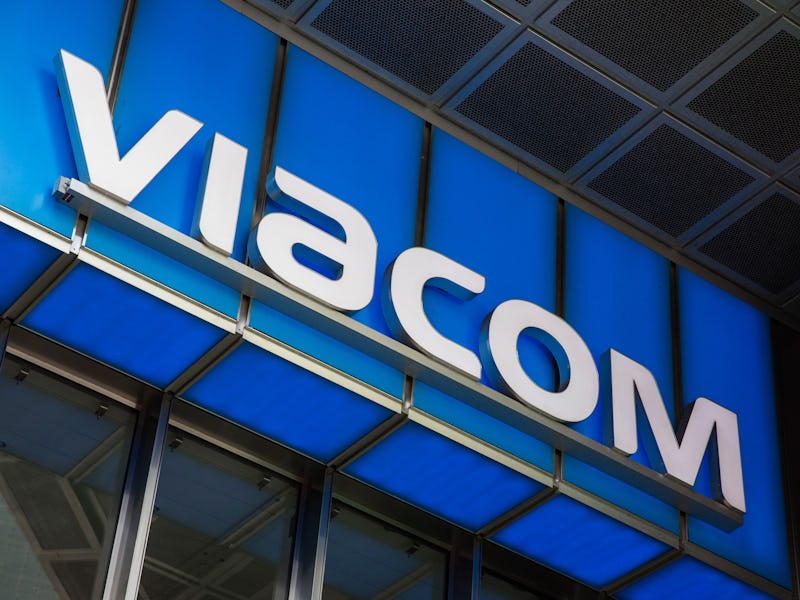Viacom Is Cutting Down on Primetime Ads Starting in October
Streaming services have conditioned us not to watch ads. So why junk up broadcasts with ads?

How can a TV network make more money while not aggravating its viewers? Viacom will find out how when it cuts out many commercials during primetime this fall.
The major media organization that holds the keys to MTV, Comedy Central, Nickelodeon, and VH1 will reduce the total advertising time in primetime. According to Variety, the network will decrease to approximately 14 or 15 minutes of ads each hour, down from their current average of 17 to 18 minutes. If the initiative proves successful, Viacom will implement the strategy to other hours of the day.
For viewers, it’s a hurrah for fewer ads during The Daily Show. For the multi-billion-dollar media company, it’s a chance perhaps to save ratings by improving viewers’ experience. An anonymous buyer told Variety that Viacom has an ill reputation for lengthy commercial interludes that break up programming into ridiculous chunks. These breaks recently clocked in at eight straight minutes.
The age of streaming video and ever-faster cord-cutting has nudged cable networks to carve out more real estate for advertisers on their programming blocks. While that might make money in the short term, it’s nothing if not encouragement for cable loyalists to find other things to do with their time.
And Viacom has been profligate when loading up on the ads. From Variety:
In the second quarter of 2015, [media-industry analyst Todd Juenger] found ad loads at Viacom’s BET, MTV and VH1 had increased 15% and 11% and 11%, respectively; ad loads at A+E’s FYI and History were up 11%; and ad loads at AMC and WE rose 12% and 7%. In comparison, ad loads at Time Warner’s TBS were relatively unchanged during the period and fell 1% at Discovery Communications’ Discovery Channel.
Ad clutter has been on the rise at both cable and broadcast for years. In 2009 … broadcast networks on average ran 13 minutes and 25 seconds of commercials per hour, according to data from Nielsen. In 2014, that average had risen to 14 minutes and 36 seconds. Cable networks in 2009 ran an average of 14 minutes and 27 seconds of ads per hour … In 2014, that average had increased to 15 minutes and 49 seconds.
Throughout 2014, Viacom reported losses as steep as seven percent (to $3.4 billion) in the third quarter and nine percent in the fourth quarter. These numbers indicate an exodus of viewers from Viacom networks, standing out even in an industry-wide ratings slump. Cutting down on advertising — which 63 percent of millennials say TV has way too much of — looks like a smart maneuver.
But it might be too little, too late. In an upcoming issue of NY Review of Books, Viacom’s method is described as a “melting iceberg” model. Diminishing ad time “may drive prices higher, but at some point, there’s not much ground left to stand on.”
The total volume of “upfront” sales, in which networks command their highest prices for advertising sponsorships on prime-time programs, has been declining along with the reach of live television. What’s more, as audiences migrate away from live television, Netflix and Amazon are training viewers to expect entertainment without the interruption of ads.
In late 2014, Viacom Chief Executive Philippe Dauman blasted Nielsen for outdated methods of gauging viewing audiences, saying Viacom will “not [be] waiting” for Nielsen to catch up.